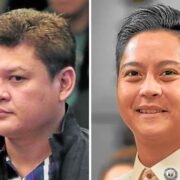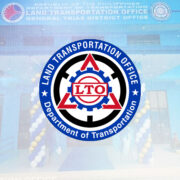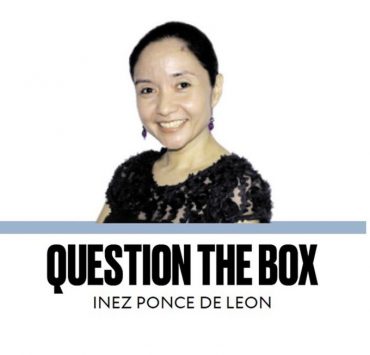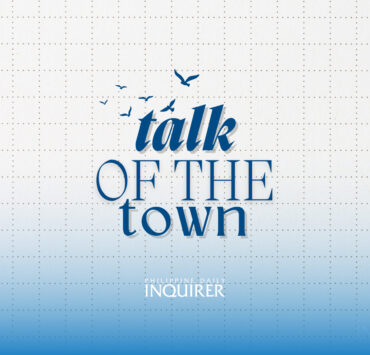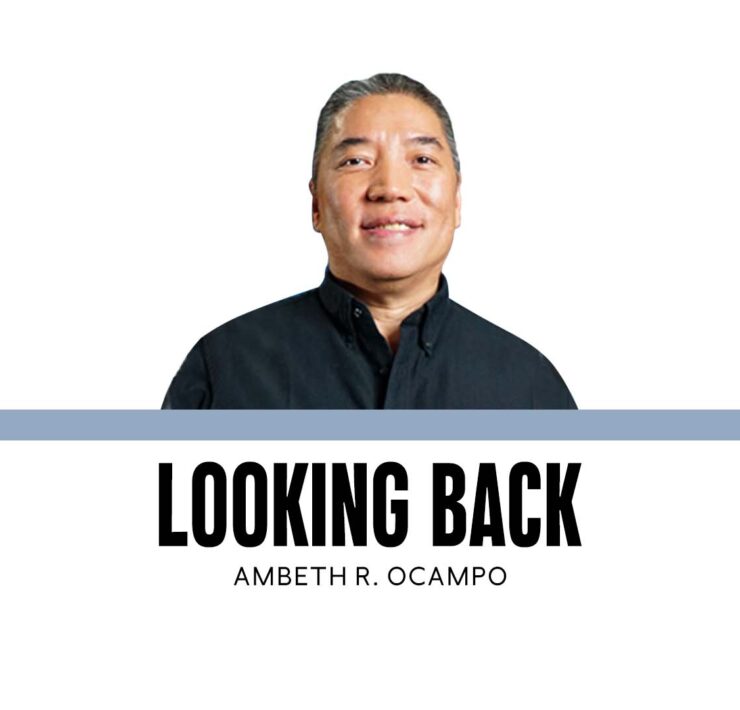Our lost merlion

June 24 reminds me of rowdy water dousing in San Juan and the foundation of Spanish Manila in 1571. It also reminded me of Carmen Guerrero Nakpil, who, as chair of the Manila Historical and Heritage Commission, taught me that “Araw ng Maynila” should not be celebrated, but acknowledged, rightfully, as “Araw ng Kastila.” When we commemorate the foundation of Spanish Manila, shouldn’t we evoke the memory of Rajah Soliman and the settlement on which Fort Santiago was built? Is the Cebuano contempt for “Imperial Manila” rooted in Miguel Lopez de Legazpi’s fateful choice of Manila, over Cebu, as the capital of the Spanish Philippines? Not content with declaring Manila as the capital and most important city in the colony, Philip II, in 1574, bestowed on it the title “insigne y siempre leal” elevating it to a “distinguished and ever loyal” city, like Cadiz, Spain.
Reliving Manila’s Spanish honors underscores the unfortunate fact that when people refer to Manila today, they do so in the past tense. The city is an empty shell of its former self at the height of the Manila-Acapulco Galleon Trade, which connected the world, old and new. Manila was the site of globalization centuries before the term was invented. After its destruction in 1945, Makati stepped in to become the commercial and business district of the Philippines; its gated villages are the aspirational addresses of today. Does this yearning for a glorious past fuel the rallying cry of incoming Mayor Francisco ”Isko Moreno” Domagoso to “make Manila great again?” Domagoso copied Donald Trump’s tired but effective rallying cry—MAGA (Make America Great Again) in the 2016 and 2024 United States presidential election campaigns. We can even go further to Ferdinand E. Marcos Sr., who declared in 1965, “This nation can be great again.”
I recently saw a “clarification” on Facebook stating that the heraldic symbol of Manila, the “Leo-Delfin,” is not the merlion of Singapore. The two symbols are similar but not the same: “Leo-Delfin” as described in Philip II’s 1596 decree, granting a coat of arms for the distinguished and ever loyal city of Manila, was a “lion-dolphin” or to be more precise, a mythical creature whose upper part has the head of a roaring lion, carrying a sword in its paws; below this is the tail end of a dolphin. On the other hand, the merlion conceptualized by the Singapore Tourist Bureau in 1972, is a mythical animal with the head of a lion and the body of a fish. Therefore, the “Leo-Delfin” and the merlion are the same; they both have the tail end of a fish. At the heart of the matter is not the specific fishtail used, but how through effective nation-branding, the merlion has become the iconic symbol of Singapore. “Mer,” in merlion, refers to the sea, while “lion” is an allusion to “Singapura” (lion city).
In 2008, I explained Manila’s coat of arms to the president of Singapore, S.R. Nathan. I narrated how Manila’s coat of arms was a development from the Spanish “escudo,” which has a castle and lion rampant that refer to the Kingdoms of Castilla and Leon. Manila’s coat of arms is in the form of a shield, topped with a crown; its upper half has a red field, the lower half has a blue field. On the upper part is a gold castle with a door and windows in blue. On the lower part, instead of a lion rampant, is a heraldic beast in silver whose upper part, is a lion rampant, with a red tongue and nails, wielding an unsheathed sword in its paws. The lower part is the coiled tail end of a dolphin. After expounding on these details, I said that Manila’s leo-delfin of 1596, is way older than the 1972 Singapore merlion. With a smile, I quietly said, “Your excellency, your country stole our merlion.” Everyone around the table laughed, and at that moment I realized I had no future in the diplomatic service.
In 1940, then President Manuel Luis Quezon issued an executive order clarifying the elements of the national coat of arms and great seal as follows:
“a) Arms: Paleways of two pieces, azure (blue) and gules (red); a chief argent (silver) studded with three golden stars equidistant from each other; over all the arms of Manila, per fess gules (red) and argent (silver), in chief the castle of Spain or (gold), doors and windows argent (silver), in base a sea lion or (gold), langued and armed gules (red), in dexter (right) paw a sword hilted or (gold). This is the coat of arms proper of the Philippines.
“(b) Crest: The American eagle displayed properly. This is the symbol of American sovereignty.”
In 1946, the merlion disappeared from the national seal and was relegated by the designer, Galo B. Ocampo, to the Seal of the President of the Philippines. Ocampo also designed the coat of arms of the nascent nation and while the US bald eagle was retained, the merlion of Manila was replaced with the lion rampant of Spain. From its disuse as a national symbol, the Manila merlion faded from consciousness, with the notable exception of the branding of San Miguel Beer, and reemerged, without the sword, as the iconic symbol of Singapore. Mayor Domagoso should bring it back.
Ambeth is a Public Historian whose research covers 19th century Philippines: its art, culture, and the people who figure in the birth of the nation. Professor and former Chair, Department of History, Ateneo de Manila University, he writes a widely-read editorial page column for the Philippine Daily Inquirer, and has published over 30 books—the most recent being: Martial Law: Looking Back 15 (Anvil, 2021) and Yaman: History and Heritage in Philippine Money (Bangko Sentral ng Pilipinas, 2021).





